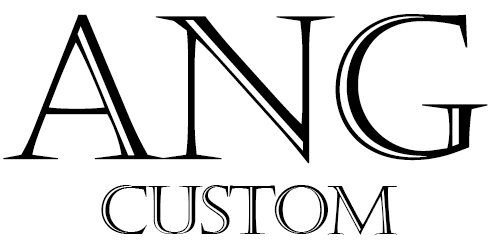The Ultimate Guide to Garment Bags: Protection, Storage & Travel Solutions for Fashion Brands
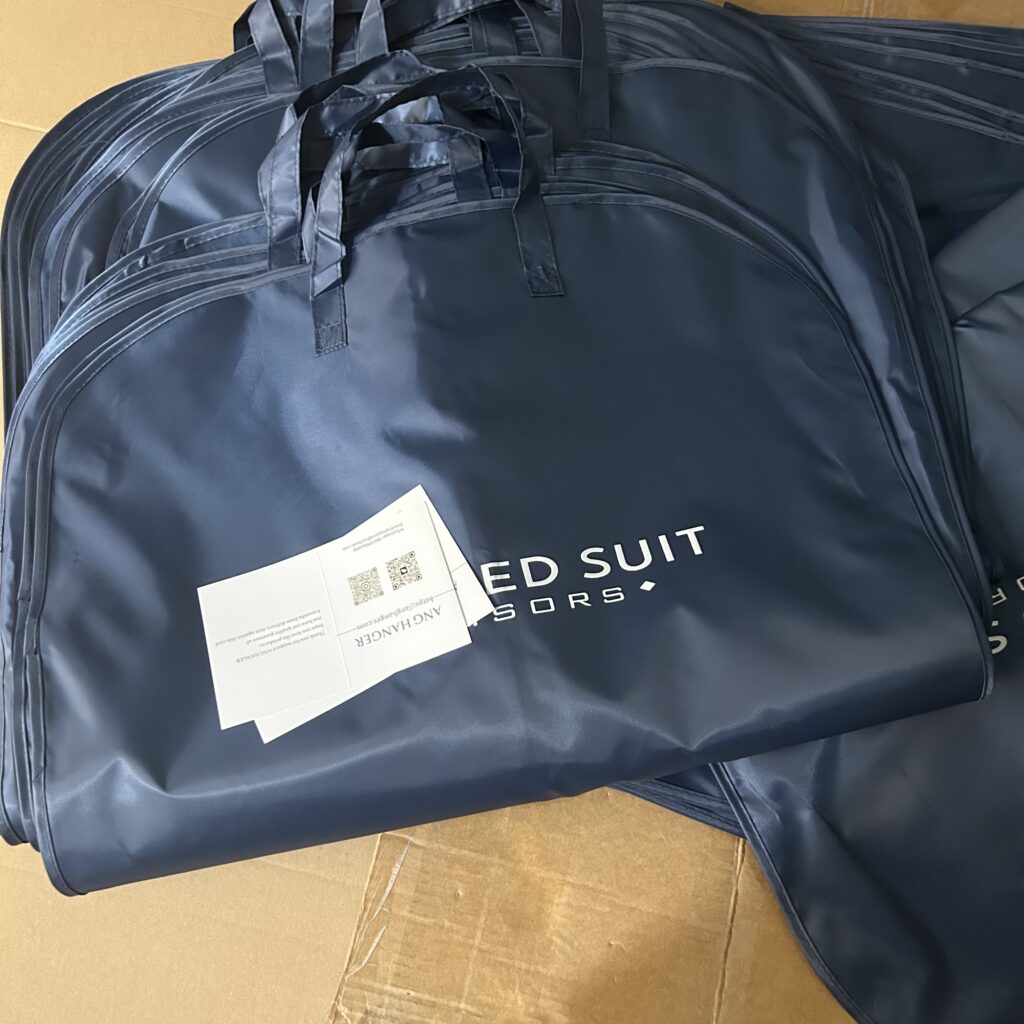
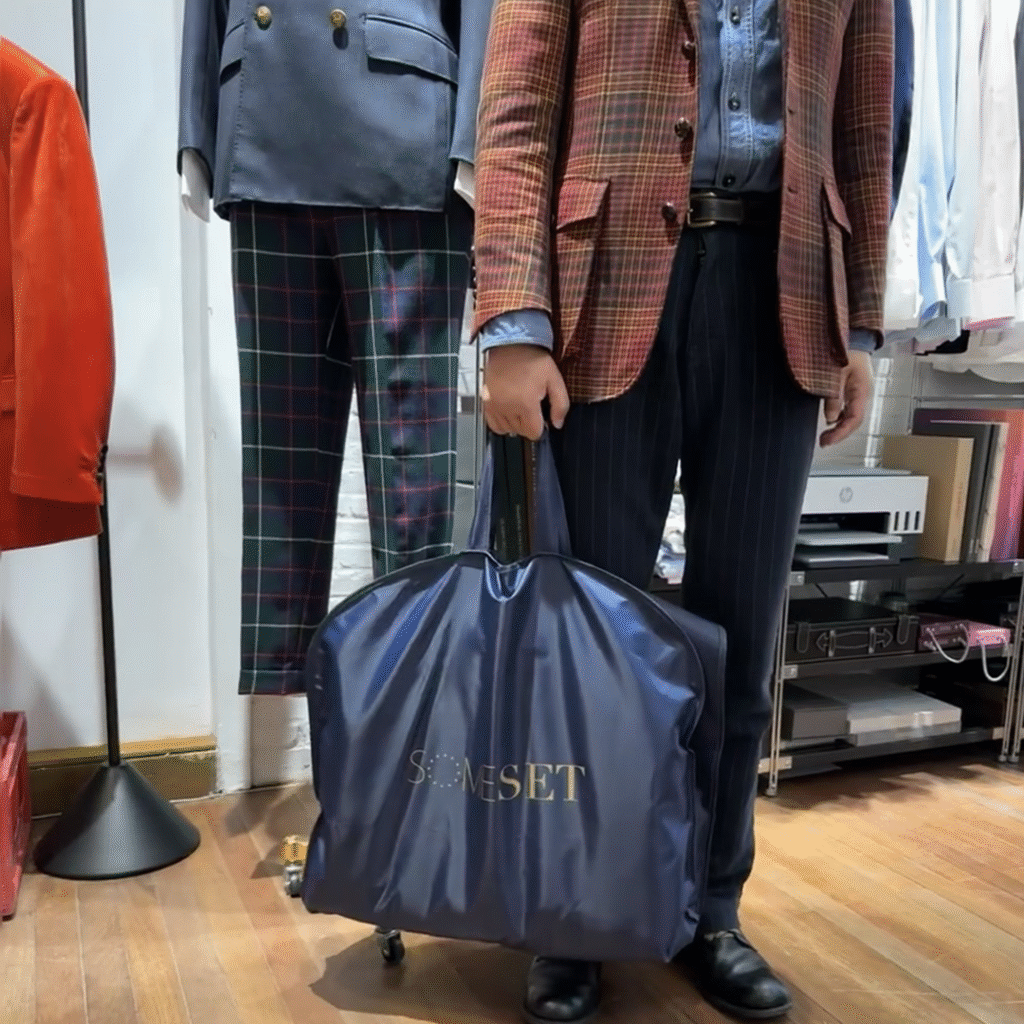
In the fast-paced fashion industry, where product presentation and condition directly impact brand reputation, the unboxing and storage experience is a critical touchpoint. While many focus on design and marketing, garment bags serve as a silent yet powerful tool to protect your collections, streamline operations, and elevate brand perception. This guide delves into why garment bags are a non-negotiable investment for modern fashion brands, exploring their functional benefits, material choices, and strategic applications across the supply chain.
1. Why Garment Bags Are a Strategic Investment for Fashion Brands
2. Key Types of Garment Bags and Their Applications
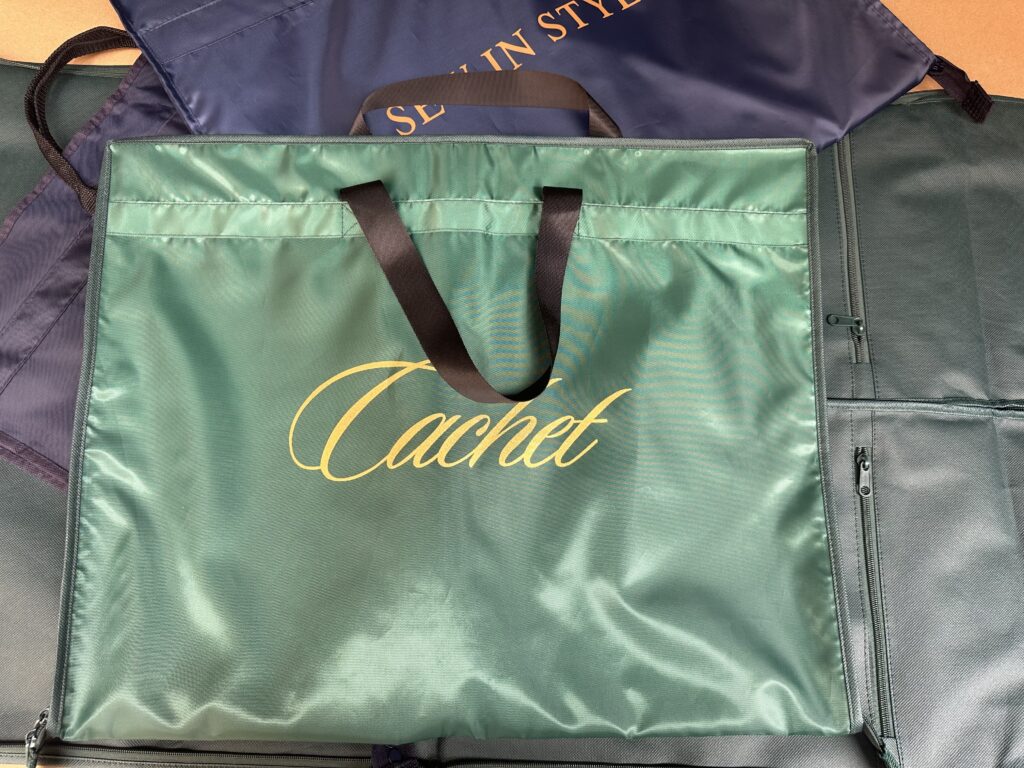
3. Material Selection: Balancing Protection and Sustainability
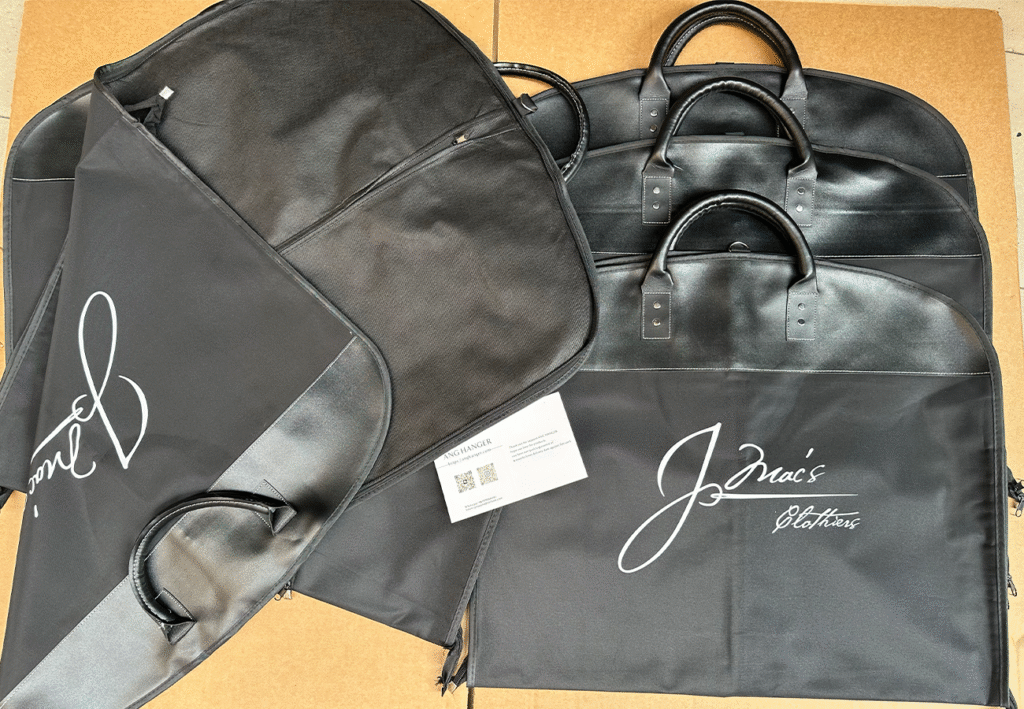
4. Design Features That Add Value
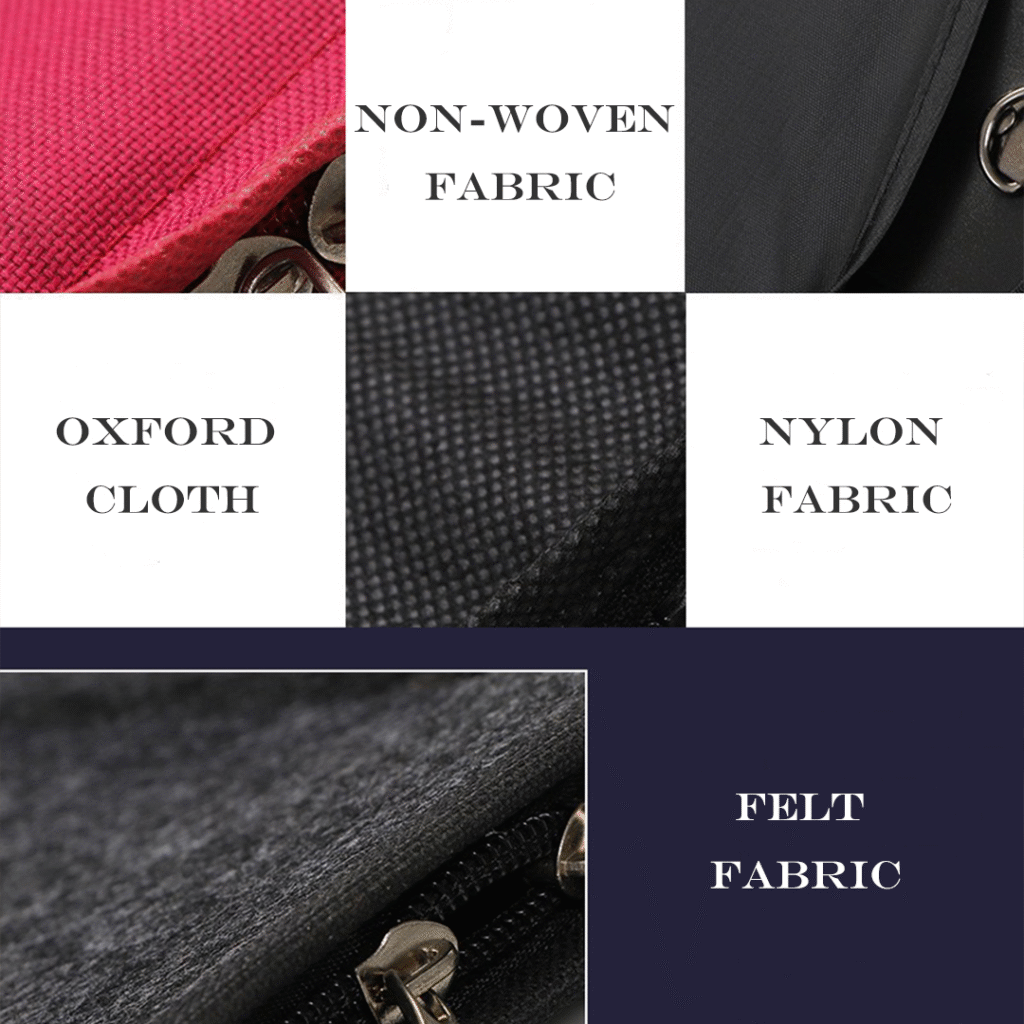
5. Implementing Garment Bags: A Framework for Brands
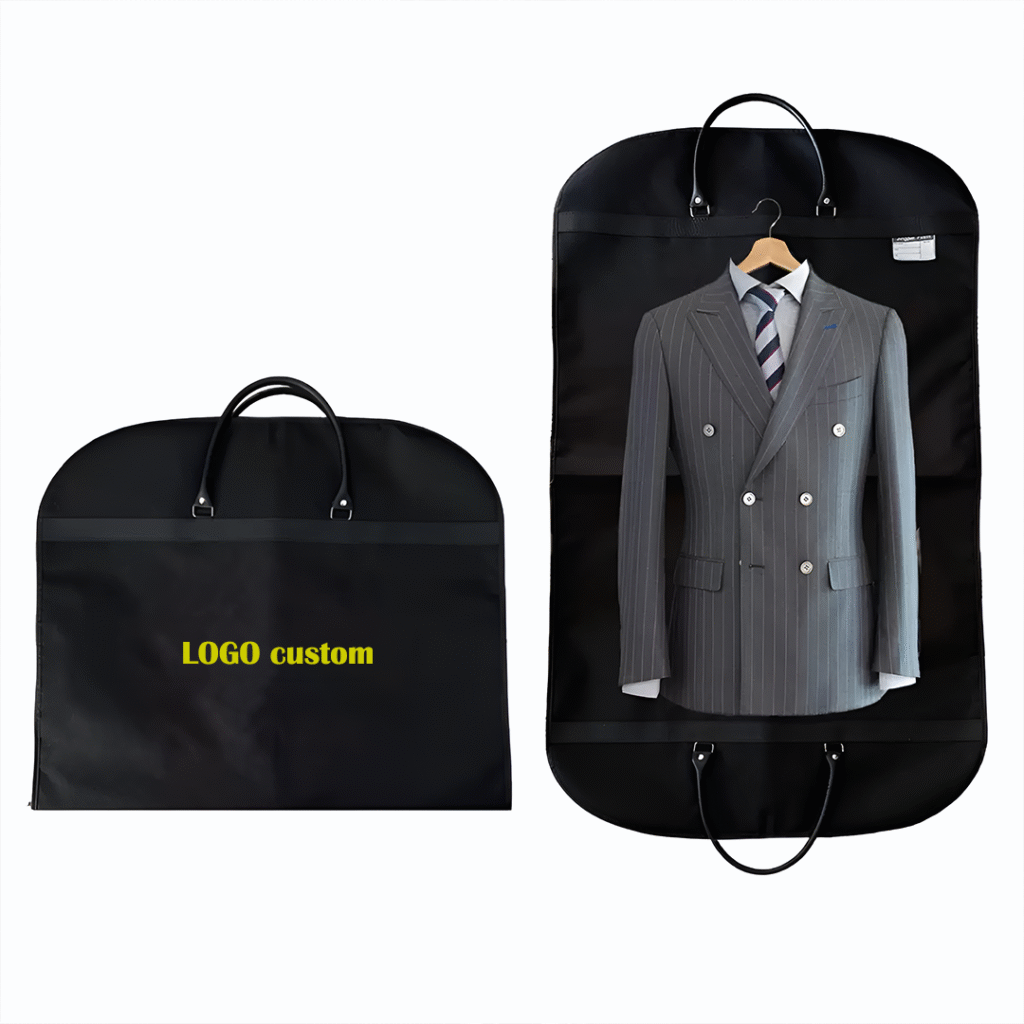
6. The ANG Advantage: Tailoring Solutions to Your Brand
Conclusion: Elevating Brand Value Through Smart Packaging
Garment bags are more than protective covers—they are a strategic tool safeguarding product quality, enhancing customer experience, and reinforcing brand identity. By selecting the right type, material, and design, fashion brands can reduce costs (e.g., fewer returns, less damage) while projecting professionalism and care. As the industry moves toward sustainable and efficient practices, investing in tailored garment bag solutions is a proactive step toward long-term growth.
